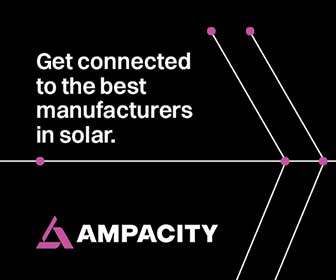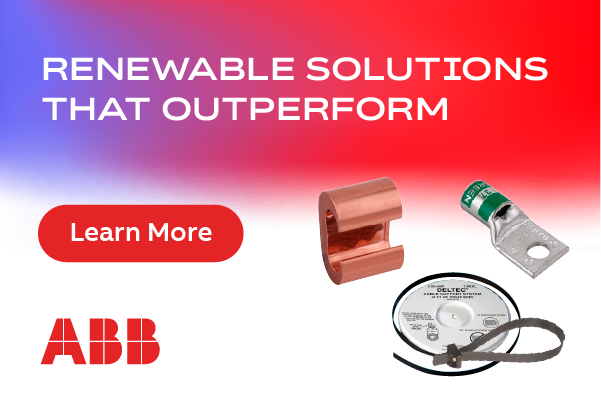Leveraging BIPV to Transform Buildings, Unlock Power & Meet Renewable Energy Mandates

BIPV has been gaining momentum over the last ten years and has overcome the key barrier to adoption - a risk adverse construction market. For BIPV to reach mainstream acceptance, two important hurdles needed to be surpassed. First, it was necessary the solutions themselves meet a unique combination of needs including attractive aesthetics and compelling economics, along with seamlessly integrated high performing glass with high power density. Without all of these in conjunction, the benefits did not outweigh the investment in a new technology. Second, decision makers in building and development tend to be conservative and must avoid liabilities at all costs. They prefer to use products from large, reputable, bankable companies they trust will cover certifications, design requirements, and warranties. Having developed partnerships with glazing companies for years, construction companies have been hesitant to consider solutions from emerging innovators. Rather, they are now confident in new technologies as long as they are accessing them through the established leaders in the industry, with whom they already have relationships.
 With both of these hurdles behind us, more and more organizations are working with their customers to integrate BIPV into projects to hasten their path towards NZE.
With both of these hurdles behind us, more and more organizations are working with their customers to integrate BIPV into projects to hasten their path towards NZE.
With industry validation and the availability of solutions offering quick paybacks, transparency for optimized daylighting and glare control, energy efficiency, high energy yield, design flexibility, and higher glass to wall ratio, building owners now have a viable way to turn facades into generating assets with clean energy technology that is easy to integrate into existing construction practices. In addition, BIPV can help improve Global Real Estate Sustainability Benchmark (GRESB) scores, designed to evaluate and improve sustainability practices in the global real estate sector. With BIPV as part of an overall sustainable design, developers can embark on projects with a clear vision of how to keep costs down while improving the sustainability performance of their real estate portfolios. Even more beneficial is the availability of a holistic set of solutions offering BIPV along with traditional solar rooftop applications for a truly integrated solar strategy.
The demand for clean energy solutions is driven by developers looking to scale NZE across portfolios for high-performing and intelligent buildings. The future of buildings and energy efficiency relies on trusted technologies which help cities, states, and governments reach energy goals. Technology companies have a responsibility to create solutions that incentivize building owners to transition to sustainable business practices. In the BIPV sector, there are a number of ways to introduce power production to transform building facades. Aside from traditional BIPV, there are solar spandrel products, which offer opaque solutions for spandrel applications, bifacial solar solutions, which activate both sides of the module, and solar frit applications, which turn ceramic printing on class into active frits solutions. Looking forward, we will see more smart BIPV solutions that support smart consumption, lighting, shading, and HVAC controls through smart building skins. These will then interact with smart devices to enable intelligent, connected building skins. It is important for building owners to have customized options to see a clear payback in the successful deployment of sustainable solutions.
This is the tipping point of the transformation of commercial buildings in urban centers from passive to power producing assets. From COP21, 2030 Challenge, SB350, and the recently extended tax package for green building, we're finally getting somewhere. In addition, San Francisco recently passed a new mandate starting in 2017 which requires solar on all new commercial buildings ten stories and under. There is a huge opportunity to unlock the power potential in building facades. BIPV solutions are poised to take advantage of that opportunity by easily replacing traditional windows, and overcoming cost and technology limitations, and will be critical to helping municipalities reach current and future goals.

Udi Paret is the general manager, Building Solutions for Solaria Corporation
Solaria Corporation | www.solaria.com
Volume: 2016 July/August










.png?r=7546)

